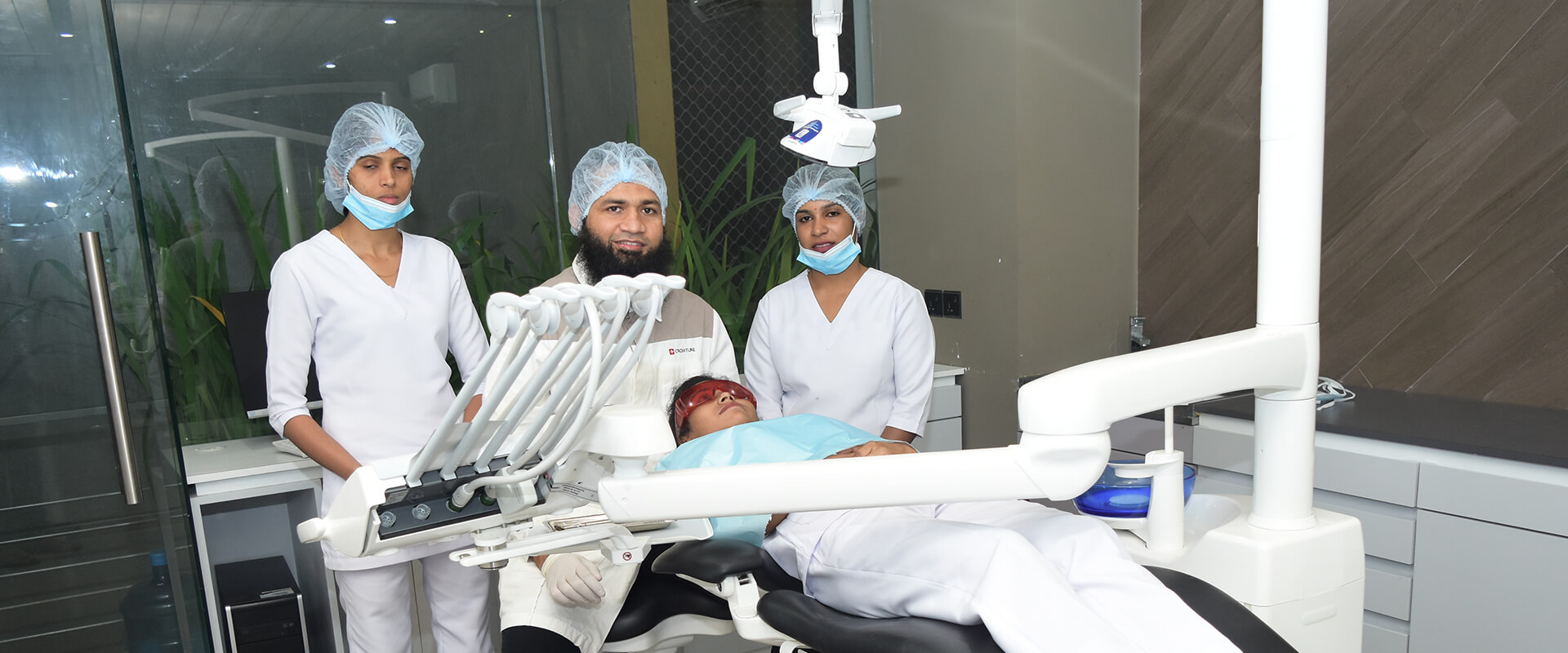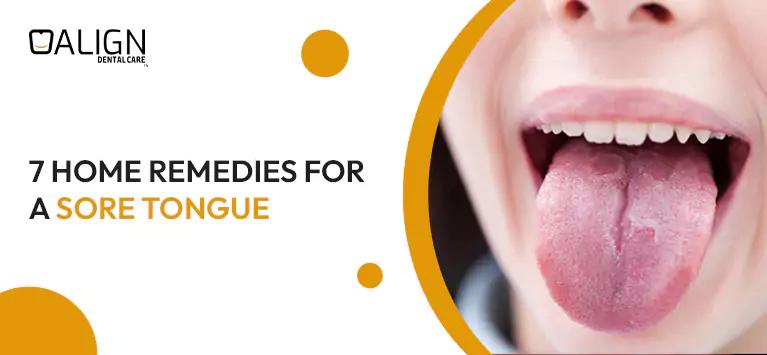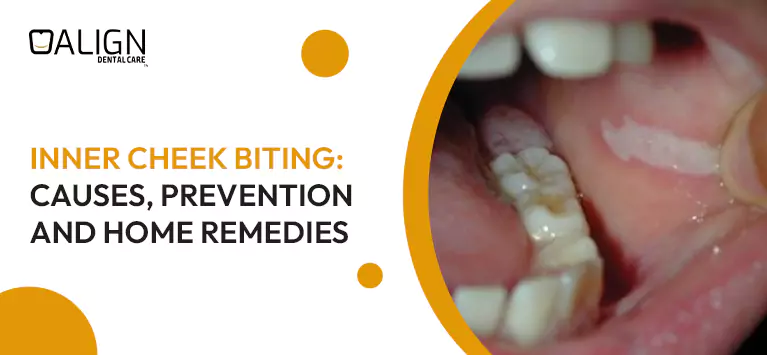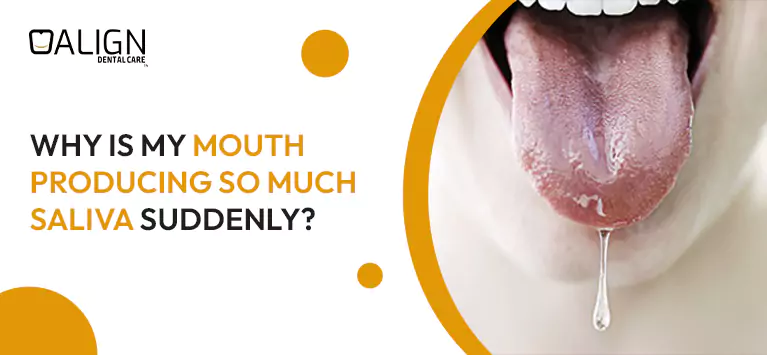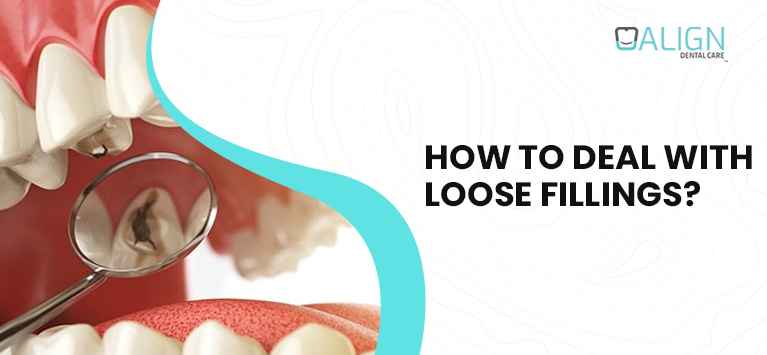
How to deal with loose fillings?
The insertion of tooth fillings is a widely performed treatment to repair decayed teeth. The procedure involves evacuating the decayed or damaged portion of a tooth and the space is filled with dental filling materials. The fillings are a single or combination of different materials that can restore the sturdiness of a tooth. Likewise, it can prevent the progression of cavities.
Even though the cavity fillings are highly durable, they become loose over time due to constant wear and tear. Such loose fillings should get immediate fix because the consequences of loose or dislodged fillings are more detrimental.
How can you identify loose fillings in a tooth?
You can notice the abnormalities in a cavity-filled tooth if the fillings become loose. Here are the common signs of loose dental fillings:
- Roughness – The problematic tooth surface would appear rough when you touch it with your tongue.
- Cracks – Once the fillings become loose, it is followed by dislodging tiny parts of the inserted filling materials. Hence you will notice cracks or holes in the tooth’s treated regions.
- Acute Pain – When there is a crack or looseness in the inserted dental filling materials, the internal regions of a tooth are exposed. When such soft interior tissues are exposed to foreign objects, they trigger a sharp pain.
In certain cases, the loose fillings do not exhibit any signs. However, a dentist can identify during routine check-ups.
What you should do when you have a loose filling?
Don’t get tensed if you identify loose filling materials in a cavity-filled tooth. Reattaching the dislodged fillings is quite easy and can be done in a single dental appointment. Meanwhile, various home remedies are helpful to tackle the discomforts until the problematic tooth is repaired.
The home remedies we prescribe to our patients are as follows:
- As seen in the above section, sharp pain in the cavity-filled tooth occurs frequently due to the exposure of sensitive tissues inside. To ease the sensitivity, rinse your mouth with a cup of warm salt solution 2 to 3 times a day.
- Similarly, clove oil is also helpful in minimizing discomfort. Soak a cotton swab in clove oil and rub it gently over the tooth.
- The important thing is, that you should keep your mouth clean until the problem is fixed. As the internal layers of the tooth are exposed, the harmful oral microbes will penetrate those regions easily. If those sensitive layers and tissues inside are compromised, you will need procedures like Root Canal Treatment (RCT) to safeguard the tooth.
Remember that you should not neglect this and visit your dentist t address this problem as soon as possible.
How do dentists address loose fillings?
Dental doctors take X-rays to detect how severely the fillings are damaged. Mostly, dentists remove the loose or damaged fillings and replace them with new fillings.
In case, if cavity has occurred around the margins of fillings due to cracks, then the infected portions should be evacuated. If the infections progress and reach beyond the dentin layer, then Root Canal Therapy is required.
In simply, the loose fillings treatment varies on the severity of damage and infections if exist.
Bottom line
The dental crowns typically can last up to 10 to 15 years. After that, they become loosened due to activities like biting, and chewing. It is not uncommon and can be fixed with timely dental treatments. If you want to ensure your dental fillings are more durable, avoid eating hard foods.
It is because the extensive force applied with biting or chewing hard substances can weaken or damage the fillings. On the other hand, get bi-annual dental check-ups. It helps your dentist to assess the health of the filling materials placed periodically.





